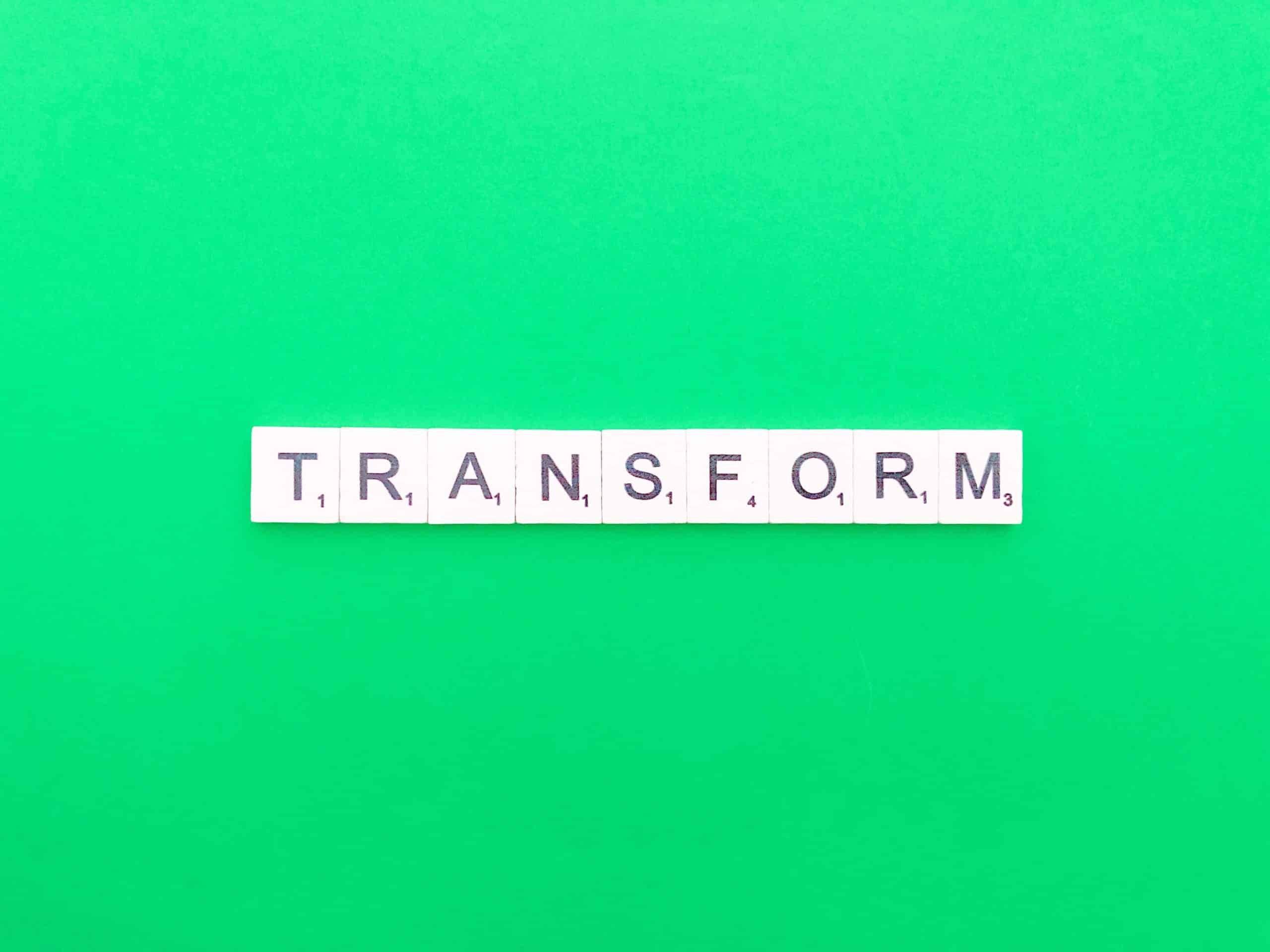How Is Digital Phenotyping Transforming Mental Health Assessment?

Good day, readers! Welcome to an invigorating exploration of the digital landscape in the context of mental health. Remember when your doctor’s diagnosis relied solely on a brief conversation and some well-rehearsed tests? Well, the tide is turning, and digital phenotyping is at the helm of this change. With a vast amount of data at our fingertips, evaluating mental health is no longer merely a subjective endeavor. Let’s dive into the world of digital phenotyping and see how it’s reshaping the mental health landscape.
Digital Phenotyping: A Revolution in Mental Health Analysis
Before we delve into the technicalities, let’s familiarize ourselves a bit with digital phenotyping. It is the use of data generated from digital devices such as smartphones and wearables to paint an accurate picture of an individual’s behavior. This data-based approach has the potential to revolutionize mental health assessments.
Also read : How Are Autonomous Bots Transforming Warehouse and Inventory Management?
In this regard, a study conducted by a renowned university demonstrated how data from smartphones could be used to predict episodes of mental health crisis. The research team used a set of digital markers, such as typing speed and call patterns, to gauge the mental state of individuals. It’s an exciting development, isn’t it?
According to a review published on PubMed, a medical journals database, digital phenotyping can offer real-time insights into patients’ behavioral patterns, potentially enabling early detection and intervention for mental health disorders. But, how is this data collected and analyzed? Let’s unravel this in the next section.
Also to see : What Role Can AI Play in Enhancing the Creativity of Writers and Content Creators?
The Data Collection and Analysis in Digital Phenotyping
The core of digital phenotyping lies in its data, and it’s here that our daily companions, such as smartphones and smartwatches, come into play. These devices generate a wealth of data, from the number of steps you take to the time you spend scrolling through social media. With the rise of digital health apps, this data is being harnessed to reflect the very essence of our daily behaviors.
Moreover, various platforms such as Google and Crossref provide access to valuable data sets, further enriching the pool of information for digital phenotyping. A PMC study emphasized the utilization of these data sets to enhance mental health diagnosis and treatment.
However, it’s not enough just to collect data; the real challenge lies in decoding this pile of information. The role of data analysis methodologies, such as machine learning and artificial intelligence, is crucial here. These techniques help dissect the data, identify patterns, and predict potential mental health risks.
The Role of Digital Phenotyping in Psychiatry
Digital phenotyping is making significant strides in the field of psychiatry. It’s providing a more objective, data-based approach to diagnosing and treating mental health disorders. The data gathered could highlight subtle changes in behavior or mood that even the patient might not notice.
A recent review on PubMed highlighted how digital phenotyping is being used to assess risk factors and track the progress of mental health treatments. The data generated can offer valuable insights, enabling psychiatrists to tailor treatments based on individual needs.
Moreover, digital phenotyping can also help in mental health research. Researchers can use this data to understand the different aspects of mental health disorders better. It’s like having a magnifying glass that allows us to look deeper into the intricacies of mental health.
The Social Impact of Digital Phenotyping
While the potential benefits of digital phenotyping are significant, it’s equally important to consider its social implications. Privacy concerns arise as personal data get collected and analyzed. It’s crucial that these data collection processes are transparent, and individuals are aware of how their data is being used.
Furthermore, ethical considerations are vital when it comes to using digital phenotyping for mental health assessments. There’s a risk of misinterpretation and misuse of data, which could have serious consequences. In this context, it’s essential that robust policies are set in place to regulate the use of digital phenotyping in mental health.
Digital phenotyping is also playing a role in promoting mental health awareness. By providing an objective, data-based perspective, it can help in destigmatizing mental health issues. It emphasizes that mental health disorders are not just ‘all in the mind’, but have tangible, measurable aspects that can be tracked and treated.
Embracing the digital revolution brings with it a renewed hope for mental health diagnosis and treatment. Digital phenotyping, with its data-driven approach, is leading the charge, offering new possibilities for mental health assessment. It’s evident that this digital trend is more than just a fad; it’s a promising tool that could reshape the mental health landscape for years to come. As we continue to navigate this digital age, it will be fascinating to see how the integration of technology and medical science will evolve.
Ensuring Security and Ethical Standards in Digital Phenotyping
As we move forward with the potential of digital phenotyping in mental health assessments, it’s critical to address the elephant in the room: data security and ethical practices. In a world where data breaches are not uncommon, the protection of personal information is paramount.
Considering that we are dealing with sensitive health data, the magnitude of the responsibility is tremendous. According to a Google Scholar article, stringent protocols need to be put in place to safeguard the collected data. This includes encrypted storages, secure data transfer protocols, and robust access control mechanisms. It is also essential that these practices comply with various data protection laws in place, such as the General Data Protection Regulation (GDPR) in Europe and the Health Insurance Portability and Accountability Act (HIPAA) in the United States.
In addition to data security, ethical considerations should take center stage. Passive data collected from our devices can offer deep insights about us, which if misused or misinterpreted, could lead to abuse of information. Therefore, it is vital to establish ethical guidelines that define the acceptable use of digital phenotyping in mental health assessments. These guidelines should tackle issues surrounding informed consent, data ownership, transparency, and accountability.
Moreover, the role of algorithms in data analysis and interpretation is noteworthy. With machine learning and artificial intelligence at the helm, there’s a risk of algorithmic bias. In a PubMed Crossref article, it is recommended that these algorithms are regularly audited to ensure they are accurate, fair, and unbiased.
The Future of Mental Health Assessments: Conclusive Thoughts
Digital phenotyping presents a revolutionary shift in assessing mental health. It provides an objective, data-driven framework that can potentially enhance the accuracy of diagnosis, tailor treatments, and facilitate preventative mental health care. By leveraging the vast amounts of data generated by our digital devices, it allows us to delve deeper into the intricate world of mental health disorders.
However, as we embrace this digital revolution, it’s crucial to tread with caution. The ethical, privacy, and security considerations concerning the use of personal data in mental health assessments cannot be overlooked. These concerns need to be addressed proactively, with the establishment of robust data protection measures, ethical guidelines, and regulatory frameworks.
Moreover, the role of healthcare professionals in this new era of digital phenotyping is significant. They are the ones who would interpret and use the insights from the data in real-time, to provide personalized care to their patients. Continuous education and training about the use of digital phenotyping in mental health assessments would be essential.
As we stand at the intersection of technology and mental health care, the potential of digital phenotyping is immense. However, it’s not without its challenges. The collective efforts of technology developers, healthcare professionals, lawmakers, and society at large would be required to harness the full potential of this exciting tool.
In conclusion, digital phenotyping is more than just a trend; it’s a promising revolution in mental health assessments. As we continue to navigate this digital era, it would be interesting to see how this integration of technology and medical science unfolds. It’s not just about transforming mental health care; it’s about reshaping our understanding of mental health itself.
